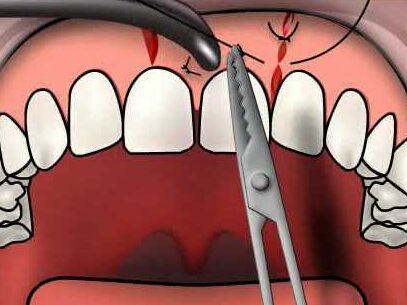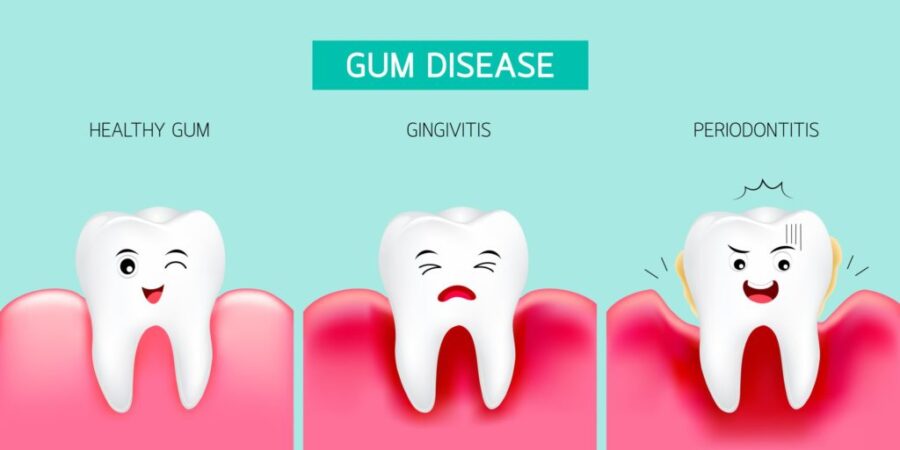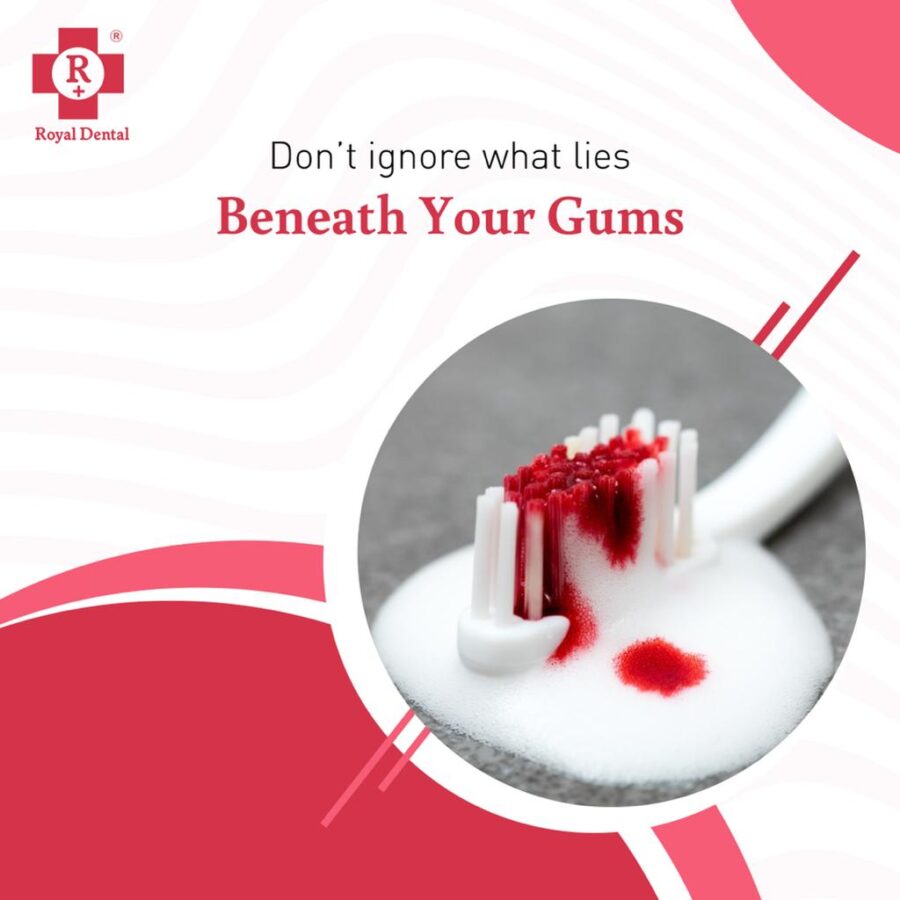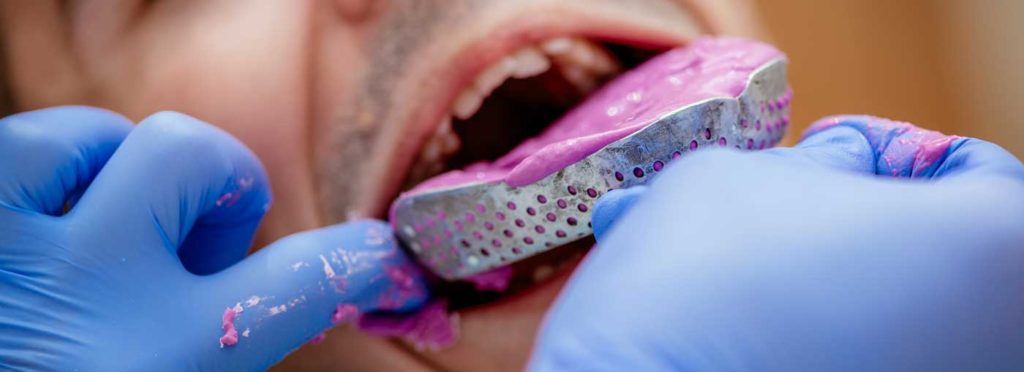Gum and bone procedures are frequently the unsung heroes in the complex dance of dental health. A healthy grin is orchestrated by these processes, just like melodies are woven by a symphony conductor. Think of your dentist as the master conductor, guiding the performance for the rest of your life, and your teeth as the instruments, each serving a vital purpose. Let’s examine the motivation behind and stage set for the gum and bone procedures in this captivating dentistry drama today.
What are Gum & Bone procedures?
A range of dental treatments known as “gum and bone procedures” are intended to treat problems pertaining to the gums and the underlying bone structure that houses our teeth. These operations are not merely for individual problems; rather, they are an essential component of full dental care that guarantees the overall health of your oral environment.

Gum procedures frequently include methods like scaling and root planing, which are intended to keep gum health intact by eliminating calculus and plaque. Conversely, bone operations concentrate on the jawbone’s structural integrity, making sure that it is strong enough to sustain prostheses and teeth.
Common Dental Issues Leading to the Need for These Procedures
Gum and bone surgeries may be necessary for a number of common dental problems. Gum health is seriously jeopardized by gum disorders, including periodontitis and gingivitis. These disorders have the potential to cause tooth loss if the bone supporting the teeth deteriorates without treatment.
The gums and surrounding bone may also be affected by other conditions, such as severe traumas, birth abnormalities, or extensive dental decay. In these situations, bone and gum surgery becomes necessary to rejuvenate and repair these tissues, regaining both appearance and functionality.
Link Between Gum and Bone Health and Oral Well-being
Our entire dental health is closely linked to the condition of our gums and underlying bones. Our teeth’s roots are shielded and stabilized by the protective layer that is our gums. The risk of infections and tooth loss is considerably higher when gum health is impaired.
Similarly, the jawbone is essential to preserving our teeth’s alignment. It guarantees that the roots stay firmly planted and gives them a strong base. Teeth that are not supported by a strong bone structure may come loose or move, impairing both look and function.
Moreover, the relationship between bone and gum health goes beyond oral hygiene. Recent studies point to a link between systemic diseases like diabetes and cardiovascular disease and dental health. People who take care of their gum and bone problems not only keep their teeth intact, but they also improve the general health of their bodies.
Purpose of Gum & Bone Procedures
Gum Procedure
Gingivectomy: The goal of a gingivectomy is to remove extra gum tissue. It is a specialized gum treatment. There are two goals in mind: to reduce inflammation and increase tooth height.
Inflammation Control: Excess gum tissue frequently causes inflammation, which, if ignored, can develop into more serious problems like periodontitis. A gingivectomy is a tactical measure to remove extra gum, which reduces inflammation and stops gum disease from getting worse.



Increasing Tooth Height: Increasing the tooth’s apparent length is one of the gingivectomy’s main goals. This is especially important for people who have a “gummy smile,” in which the teeth are obscured by an excessive quantity of gum tissue. The dentist fixes any possible inflammatory problems and enhances the smile’s cosmetic equilibrium by removing the extra gum.
Bone Procedures
Bone Grafting: The goal of bone grafting is to replace lost bone using an advanced technique that is usually used in conjunction with dental implants. The grafting is necessary when natural bone is inadequate for dental implants to have a stable base. The idea is to replace the lost bone by filling the space with graft material, which is often obtained from the donor or the patient. By laying the groundwork for a successful implant placement, this process guarantees a robust and secure anchoring for the prosthetic tooth.


Bone Filing: The goal of bone filing, a painstaking process carried out following tooth extraction, is to maximize the bony socket. The surrounding bone may have sharp edges or abnormalities when a tooth is removed. By reshaping and polishing the residual bone structure, bone filing creates a sterile and healing-friendly environment. This procedure is essential for preserving the jawbone’s structural integrity and getting it ready for any dental procedures in the future, including prostheses or implants.
Setup for Gum and Bone Procedures
The equipment used for gum and bone operations is similar to a master craftsman’s tools in the field of dentistry. Every element is essential to maintaining accuracy, effectiveness, and patient comfort throughout the process. Let’s examine the key components of this arrangement:
Suture Needle
The purpose of a suture needle is to help in the closure of wounds and promote maximum healing. Sutures are a crucial part of numerous surgeries involving the gums and bones. The dentist may carefully sew the tissues using the suture needle’s fine design, guaranteeing a flawless and secure closure after surgery.
Suture Thread
Suture thread is to act as the sewing material, complementing the needle. In order to minimize patient irritation, it must be biocompatible. The sort of surgery, where it will be done in the mouth, and how long the healing process will take all influence the suture thread selection.
Metal Dappen Dish
The purpose of a metal dappen dish is to retain and dispense liquids, including local anesthetics or antiseptic treatments. It is a tiny, shallow container. Because of its metal design, sterilization is made simple, and a sanitary atmosphere is maintained throughout the process.
Handpiece
The handpiece serves as a multipurpose instrument that can hold several attachments, such as burs and drills. It is essential to accuracy in bone operations because it enables the dentist to precisely form and sculpt the bone. During the treatment, the dentist’s control and mobility are improved by the ergonomic design of the handpiece.
Bone Drills and Burs
These handpiece attachments are specifically made for use in bone treatments. Because they are available in different shapes and sizes, the dentist may tailor how the bone is prepared for treatments like implant insertion or bone grafting.
Bone Graft Material
Bone graft material is essential when there is a requirement for augmentation or bone loss. It may come from synthetic sources, a donor (allograft), or the patient (autograft). The goal is to increase the jawbone’s overall density and stability by acting as a scaffold for the formation of new bone.
Membrane Material
To provide a barrier that encourages unhindered bone regeneration, membranes are frequently utilized in combination with bone transplants. By doing this, the graft’s success is ensured by preventing soft tissues from leaking into the healing site. Generally biocompatible, membrane materials can be either absorbable or non-absorbable based on the particular needs of the process.
Complete Instrument Set
Bone Files, Elevators, Blade No. 15, Scissors, and Forceps: Bone files are used to shape bone; elevators are used to lift and separate tissues; Blade No. 15 is used for exact incisions; scissors are used to cut sutures and membranes; and forceps are used to handle delicate tissues. In the painstaking dance of gum and bone operations, every tool has a distinct function that adds to the intervention’s overall effectiveness.
Conclusion
As we get to the culmination of our investigation, we now understand the rationale behind the gum and bone treatments, which are masterfully performed by Dr. Chirag Chamria with a heart full of compassion. For individuals who trust the maestro with their oral health, this symphony of dental artistry not only protects but also transforms smiles, making a lasting impression on their lives. Allow your smile to continue to perform like a silent symphony, demonstrating the skill and commitment of a dentist who can hear the delight in every toothy note.






